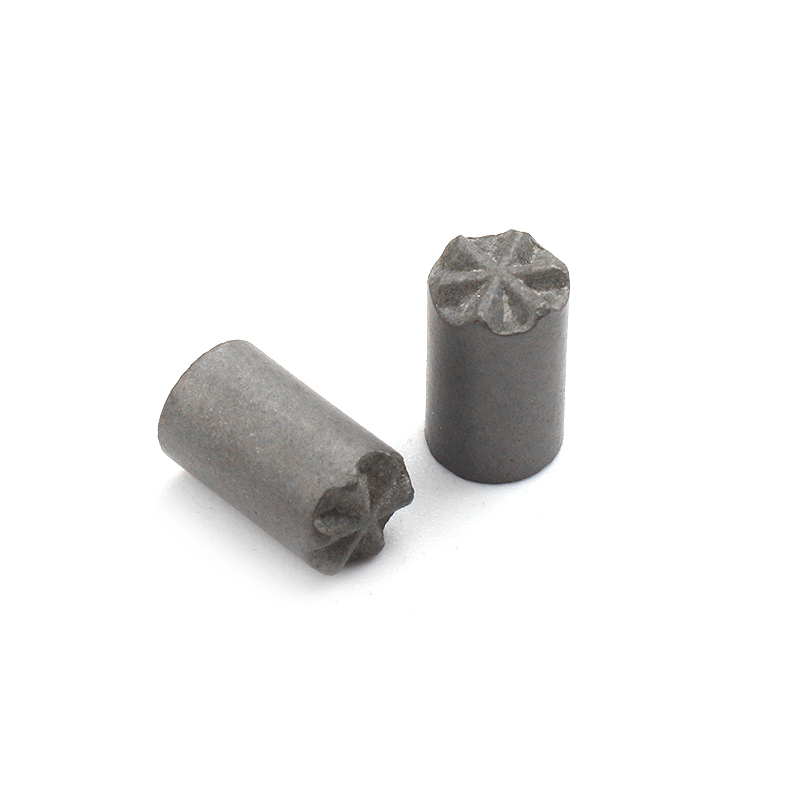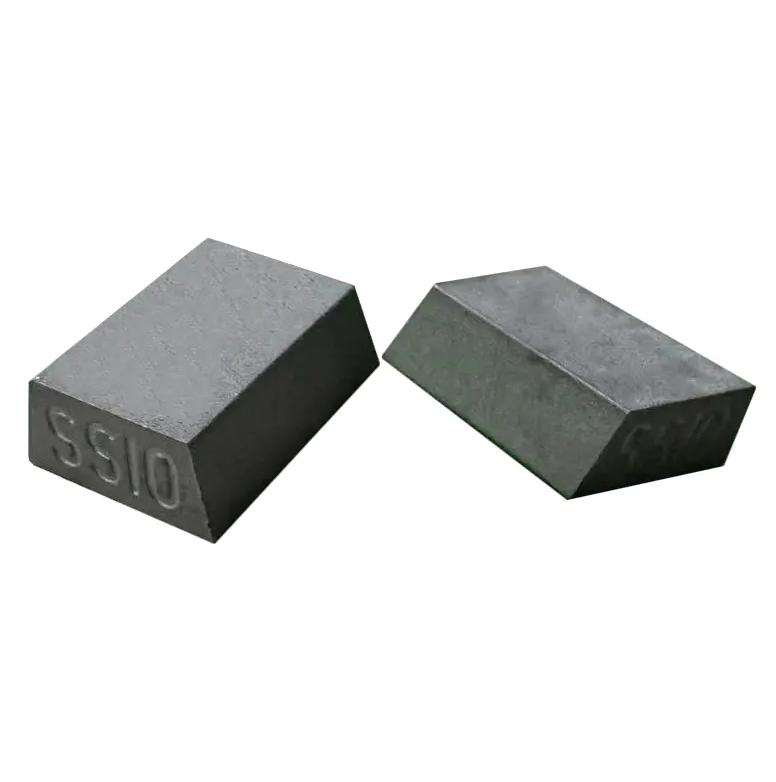The Carbide Non-Slip Pin offers several benefits that make it a valuable choice in environments where friction, pressure, and repeated motion are common. Its unique combination of hardness and surface design helps extend component life and improve operational stability.

One of the most notable advantages of carbide is its resistance to abrasion. In applications such as production jigs and assembly fixtures, surfaces often experience repeated contact that wears down conventional steel pins. The hardened carbide structure maintains its shape longer, reducing the need for frequent replacements.
The non-slip surface design also contributes to reliability. By creating consistent friction against mating surfaces, the pin helps hold components in place even during vibration or load shifts. This capability is important in automated production lines where uninterrupted operation is a priority.
Thermal stability is another benefit. Carbide retains its properties across a wide temperature range, making it suitable for equipment exposed to heat during machining or curing processes. Unlike some materials that expand or soften under high temperatures, carbide maintains consistent dimensions and strength.
Using a Carbide Non-Slip Pin can also simplify maintenance schedules. With longer intervals between inspections and replacements, production teams spend less time addressing wear-related issues. This supports smoother workflows and reduces downtime associated with part failures.
Many industries, including automotive manufacturing and precision tooling, have adopted carbide pins to improve performance. Their adaptability allows them to be used in standard assemblies or custom configurations designed for unique equipment.
To maximize the benefits, it is recommended to follow proper installation and cleaning practices. Avoiding excessive force during placement helps protect the textured surface. Regular cleaning removes any buildup that could reduce friction or impact accuracy.
Overall, the Carbide Non-Slip Pin provides a reliable, long-lasting solution for applications where maintaining secure positioning and durability is essential. Its combination of material strength and design flexibility supports efficient, stable operations over the long term.



